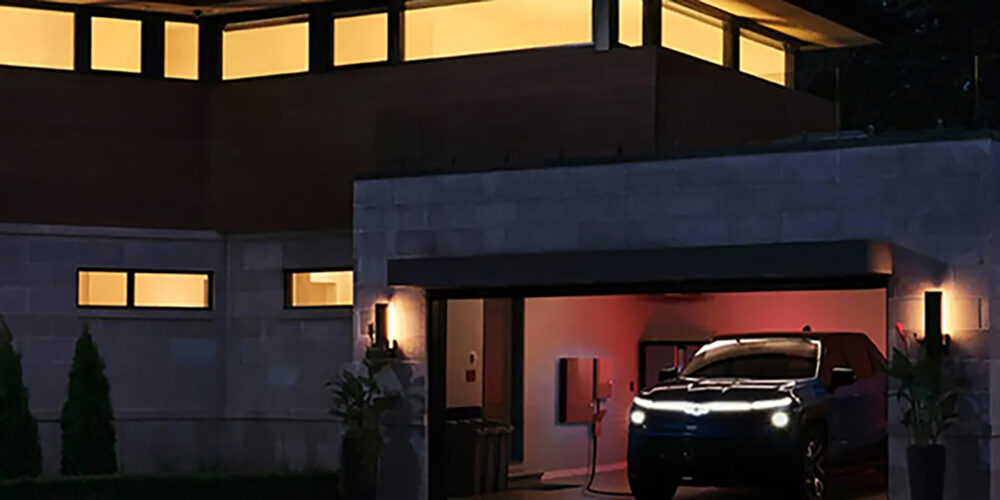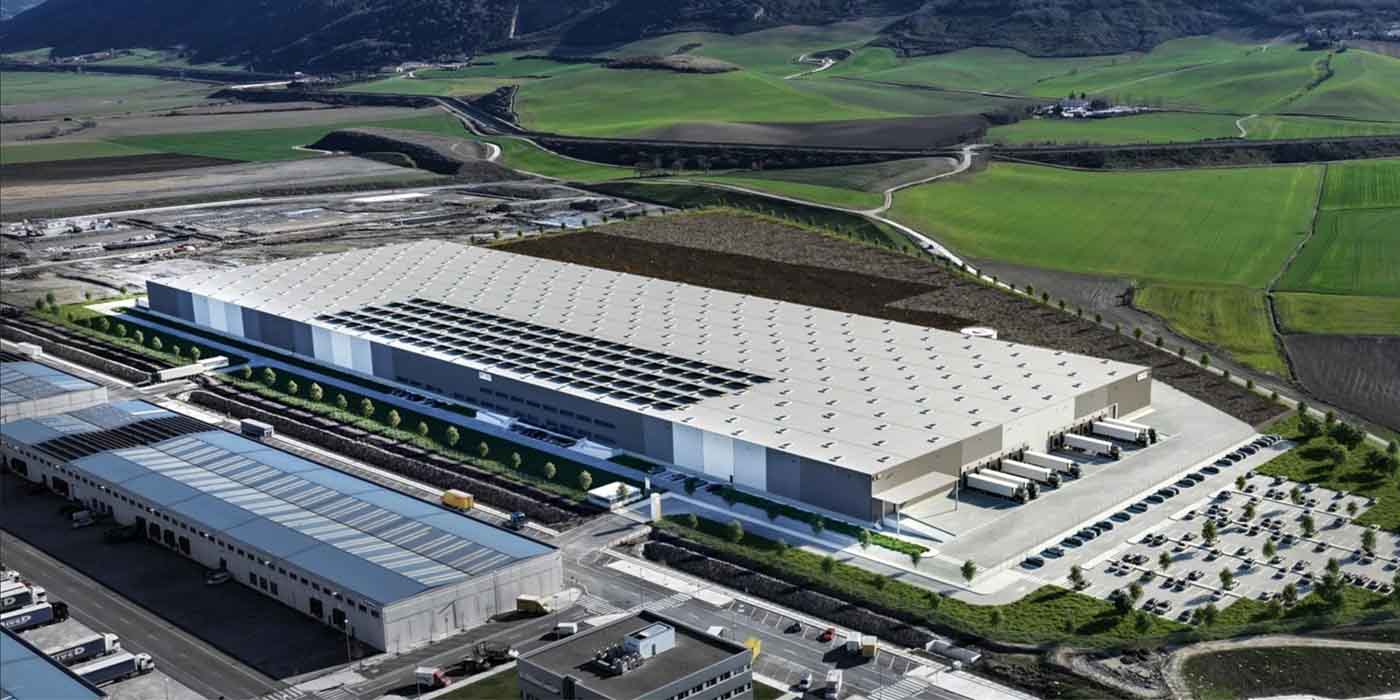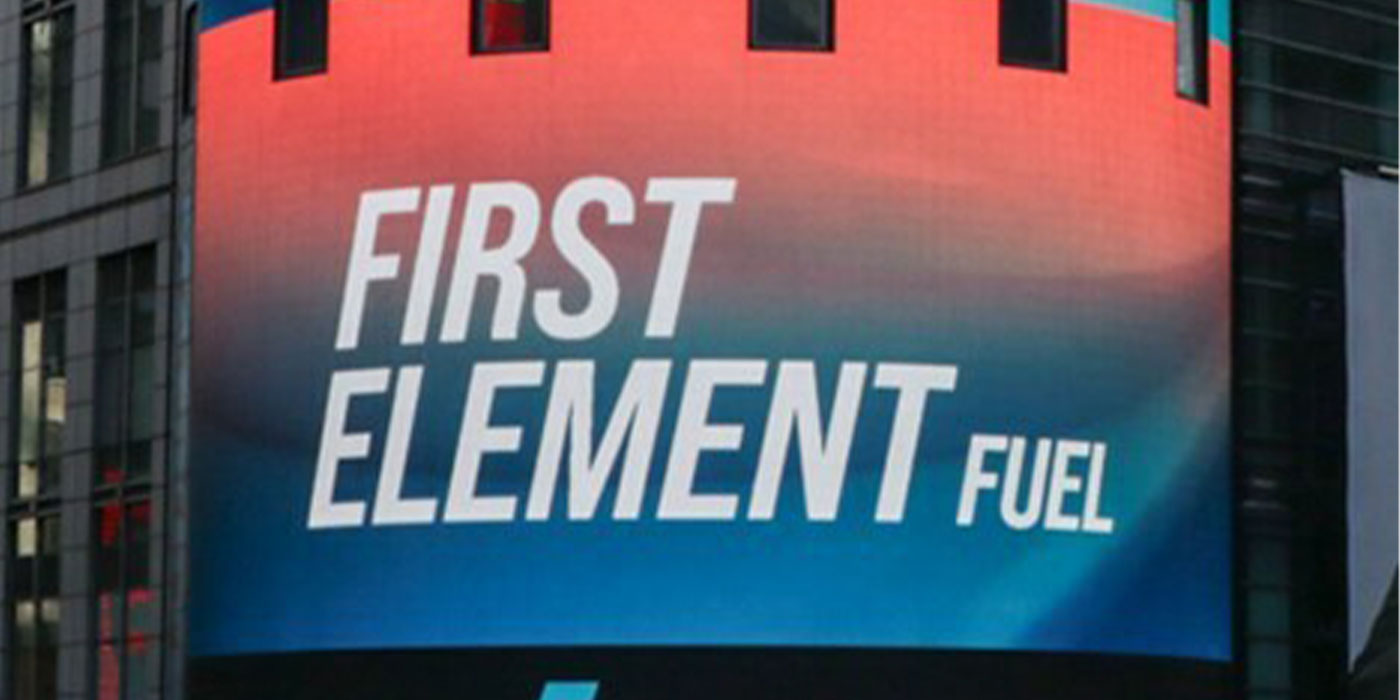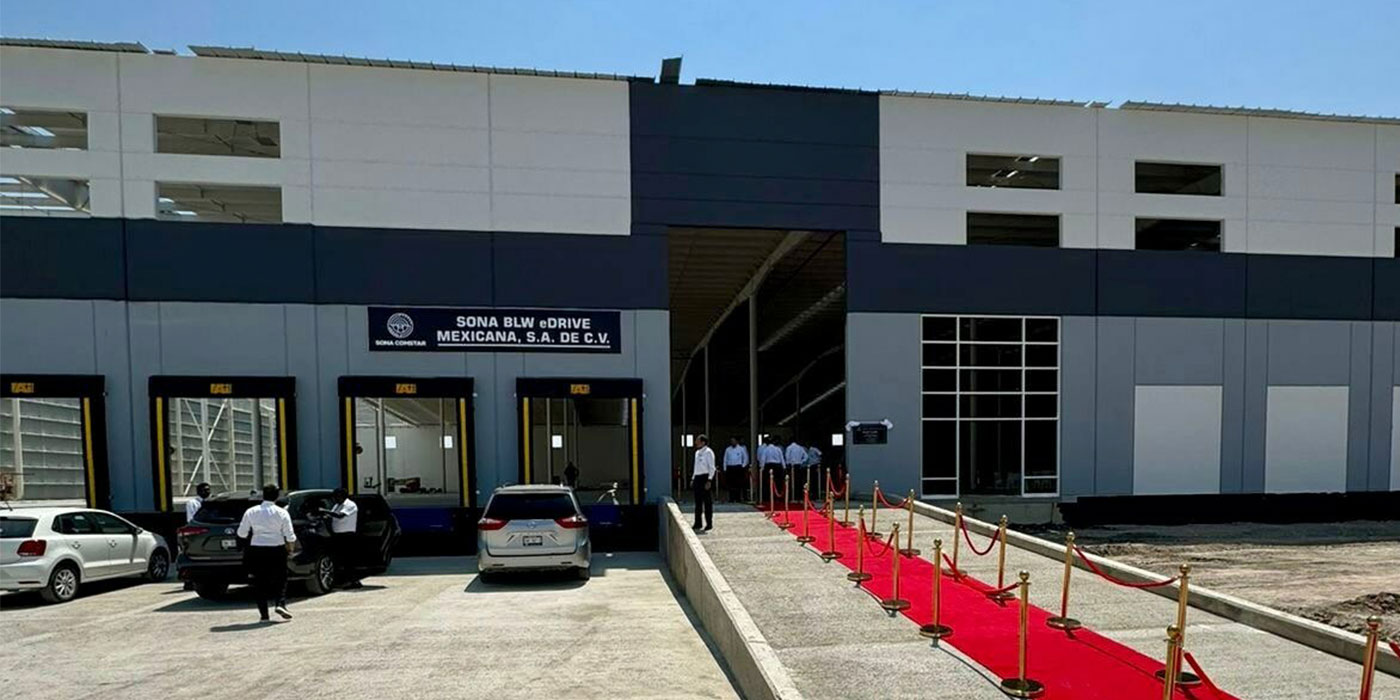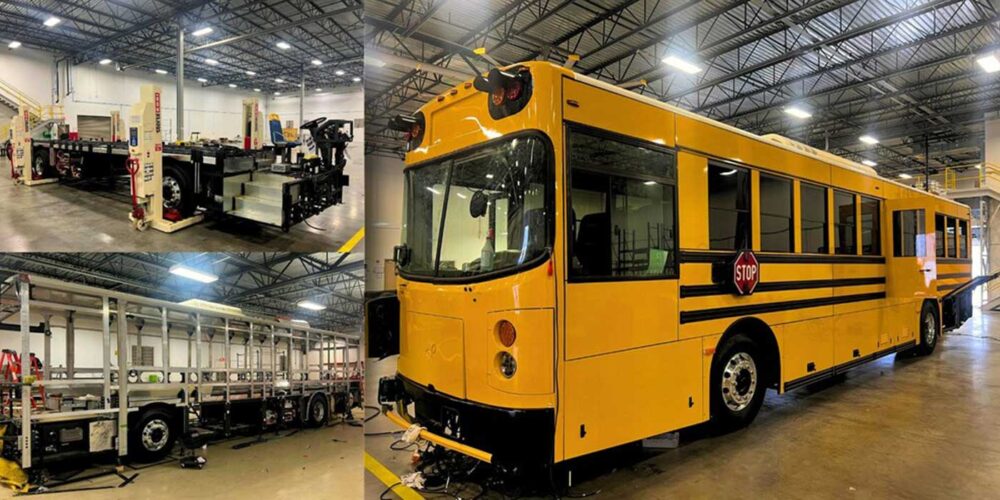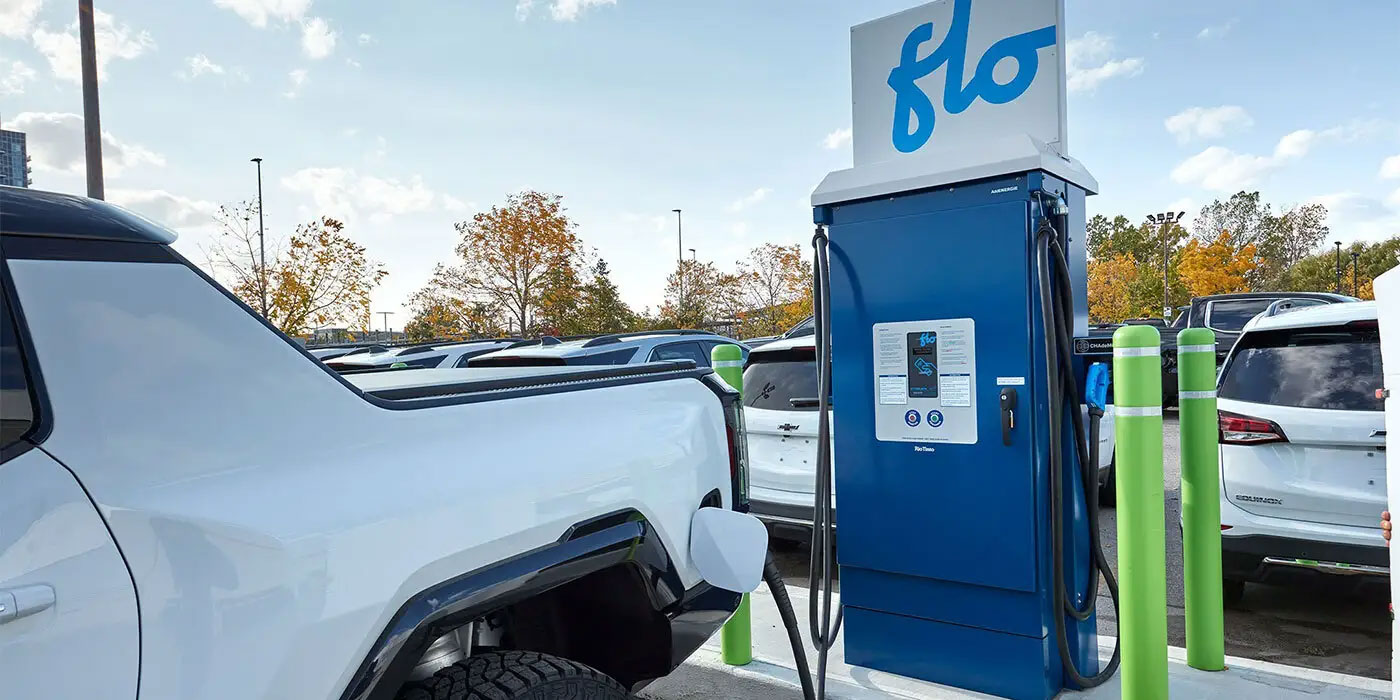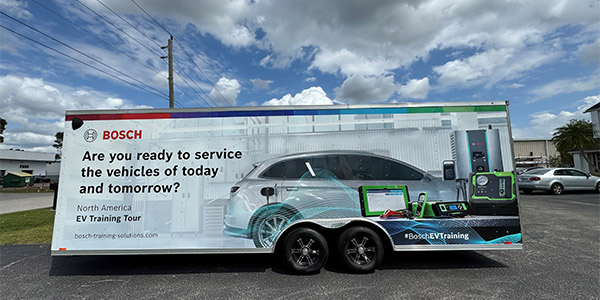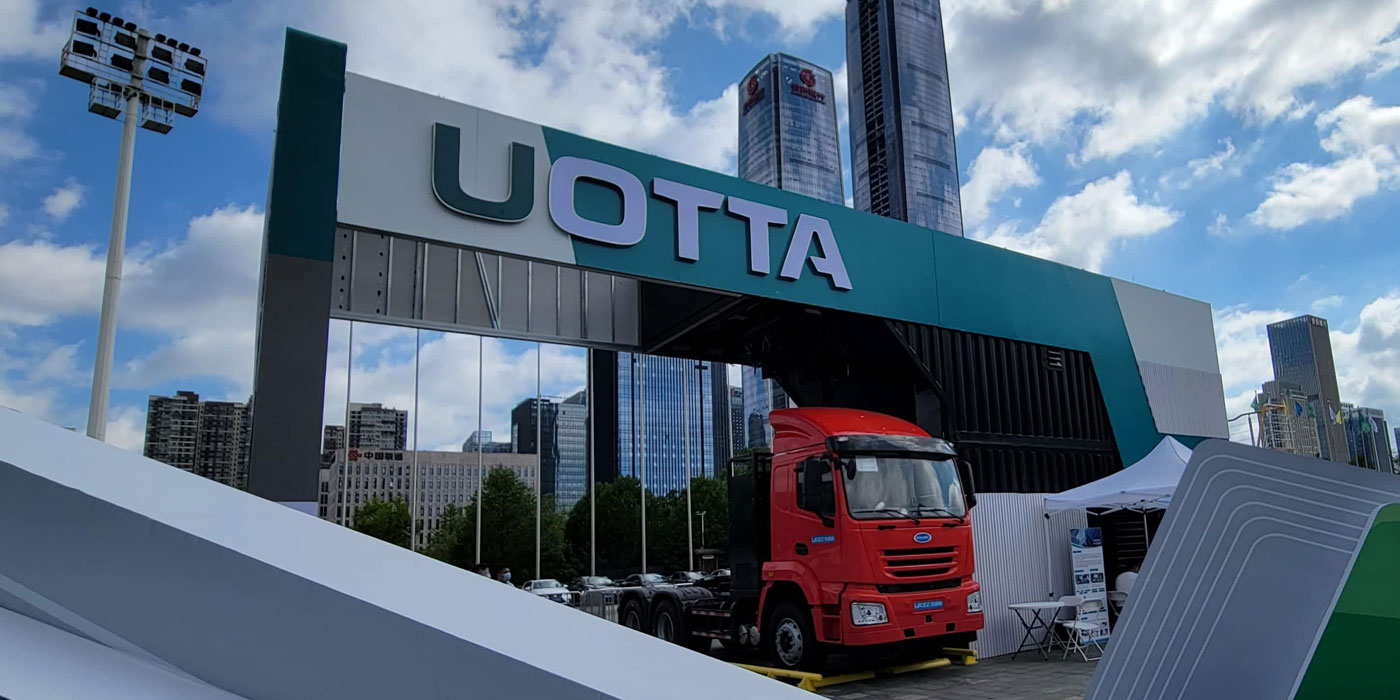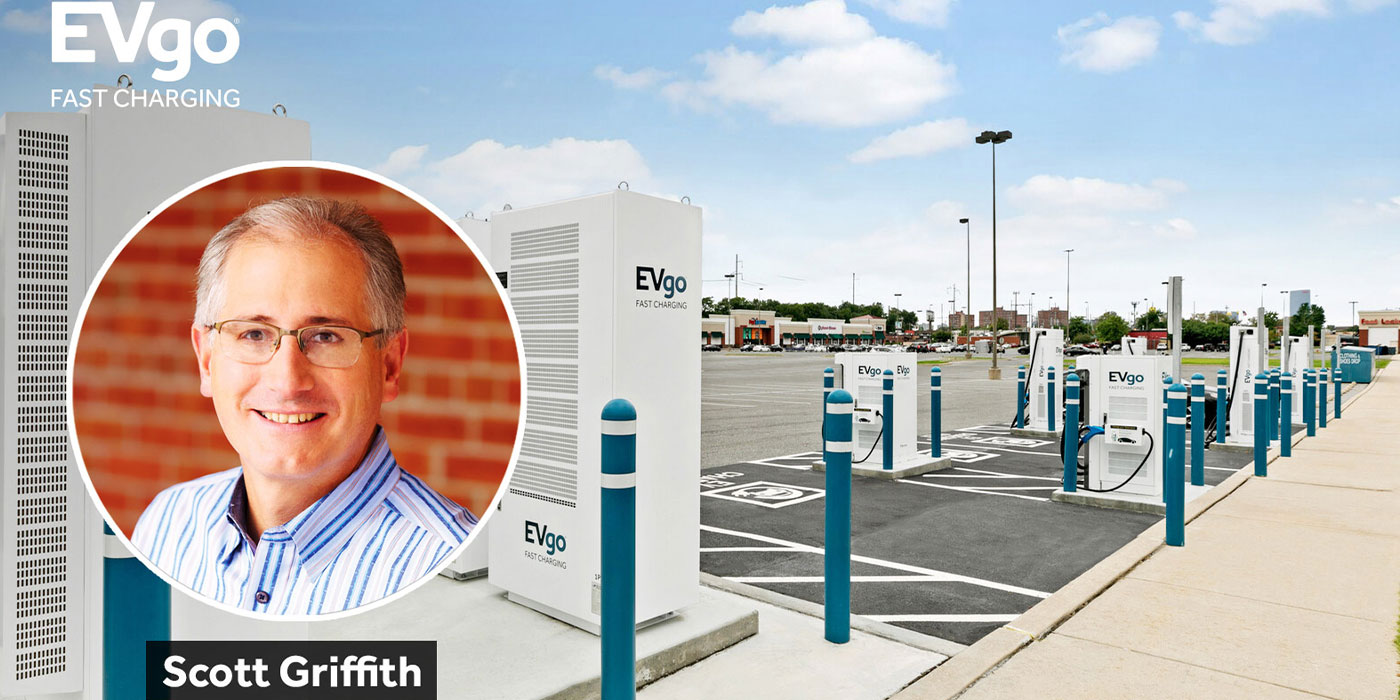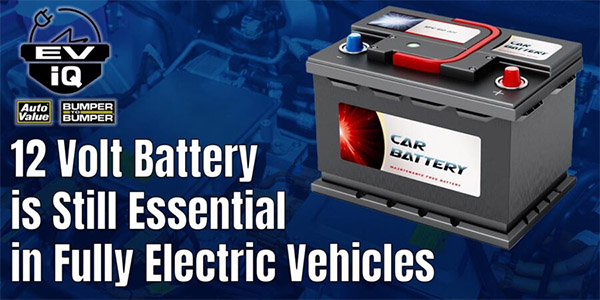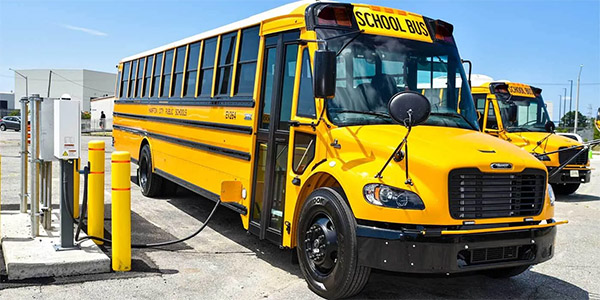General Motors announced it will expand vehicle-to-home (V2H) bidirectional charging technology across its retail portfolio of Ultium-based electric vehicles by model year 2026. The first vehicles to receive the technology include the previously announced 2024 Chevrolet Silverado EV RST, followed by the 2024 GMC Sierra EV Denali Edition 1, 2024 Chevrolet Blazer EV, 2024 Chevrolet Equinox EV, 2024 Cadillac LYRIQ and the Cadillac ESCALADE IQ, which was be revealed on Aug. 9.
Building on the company’s plan to deliver a growing suite of energy management products and services through GM Energy, V2H unlocks additional value for EV drivers, who will be able to transfer energy from their vehicles to a properly equipped home when desired, GM says. The technology allows consumers to store and transfer energy to help offset electricity needs during peak demand days and mitigate the impact of power outages, making the transition to an all-electric future even more compelling.
“GM Energy’s growing ecosystem of energy management solutions will help accelerate GM’s vision of an all-electric future by further expanding access to even more benefits that EVs can offer,” said Wade Sheffer, vice president, GM Energy. “By integrating V2H across our entire Ultium-based portfolio, we are making this groundbreaking technology available to more consumers, with benefits that extend well beyond the vehicle itself, and at broader scale than ever before.”
GM says customers will be able to leverage V2H technology on compatible GM EVs through GM Energy’s available Ultium Home offerings, and the GM Energy Cloud, a software platform which will allow users to manage the transfer of energy between applicable and connected GM Energy assets and the home.

